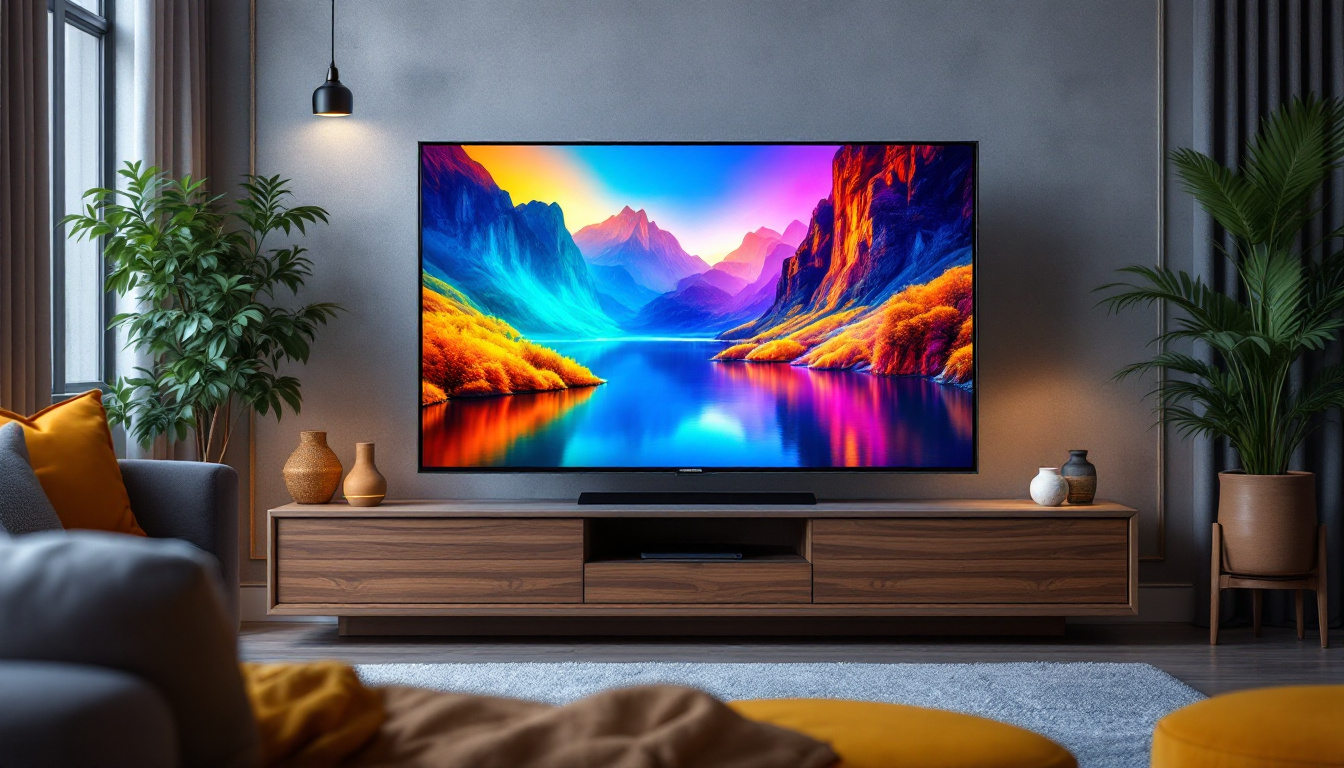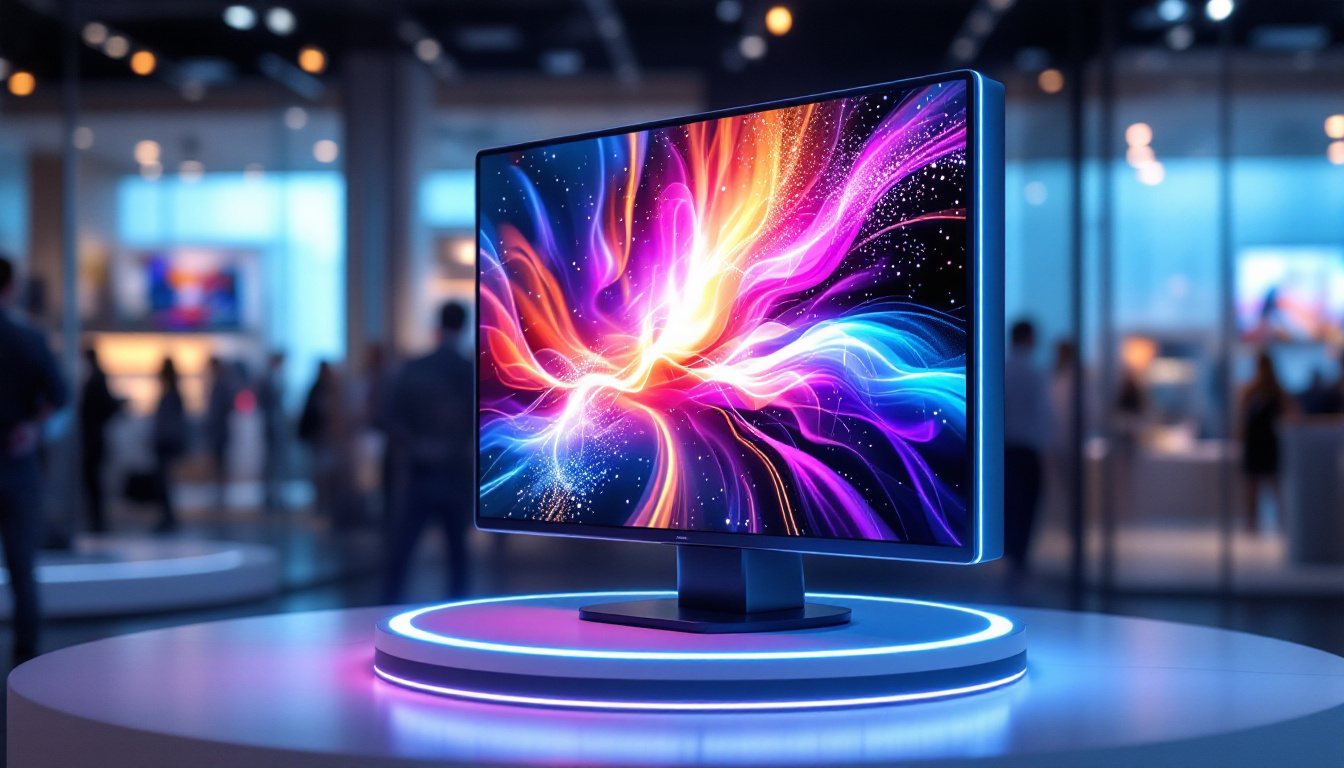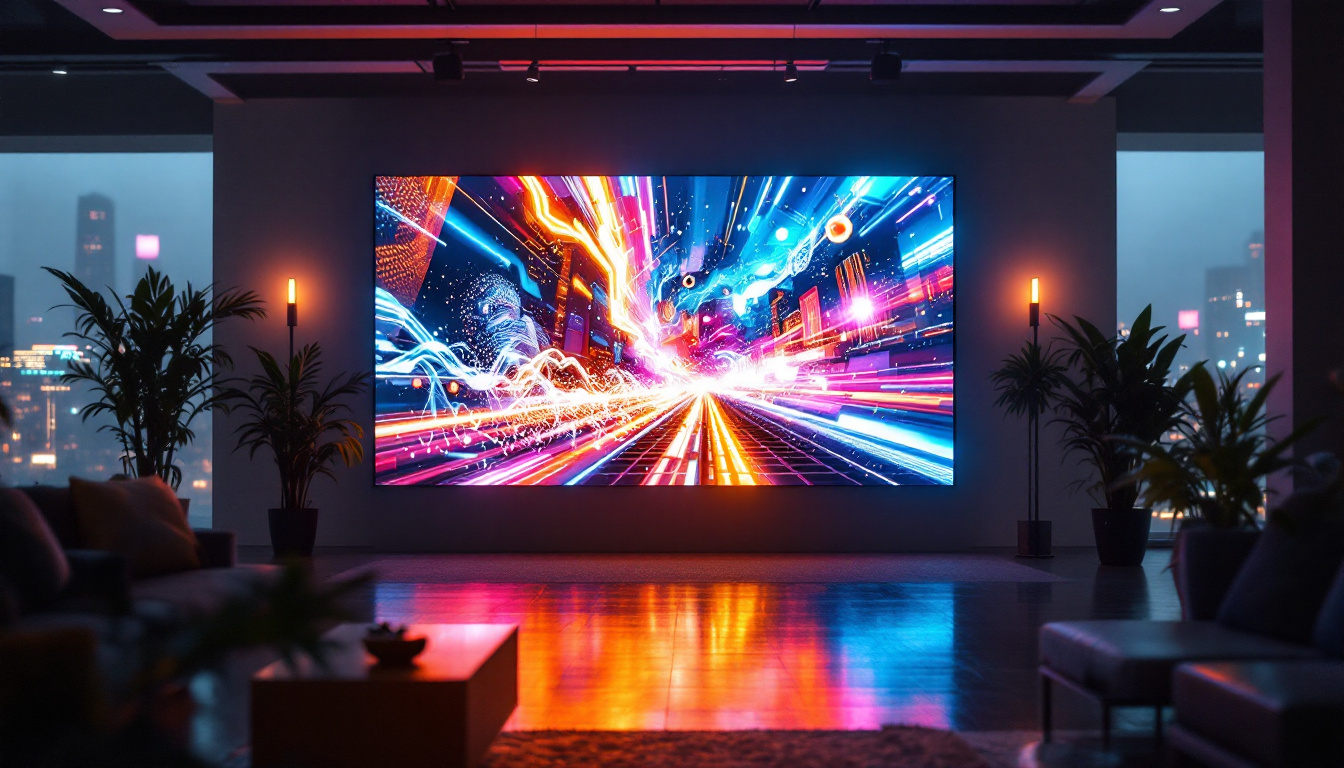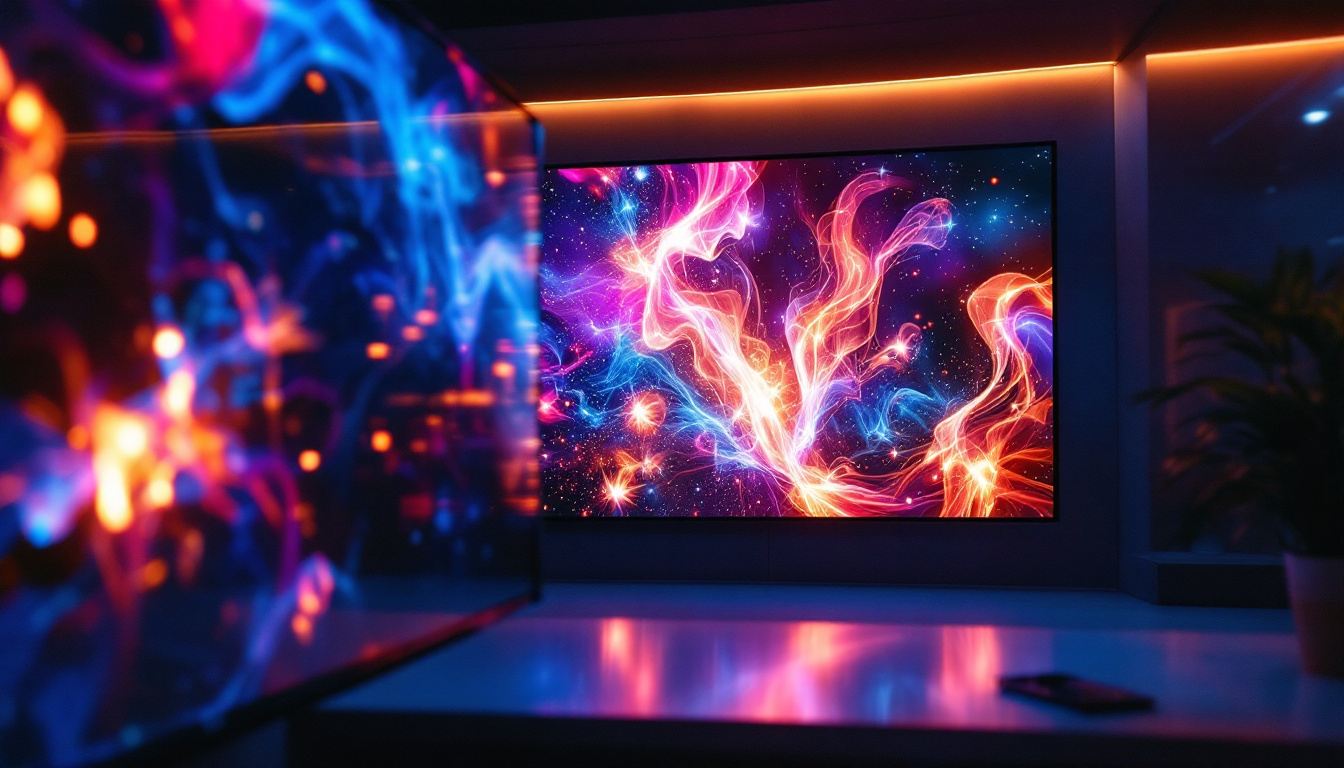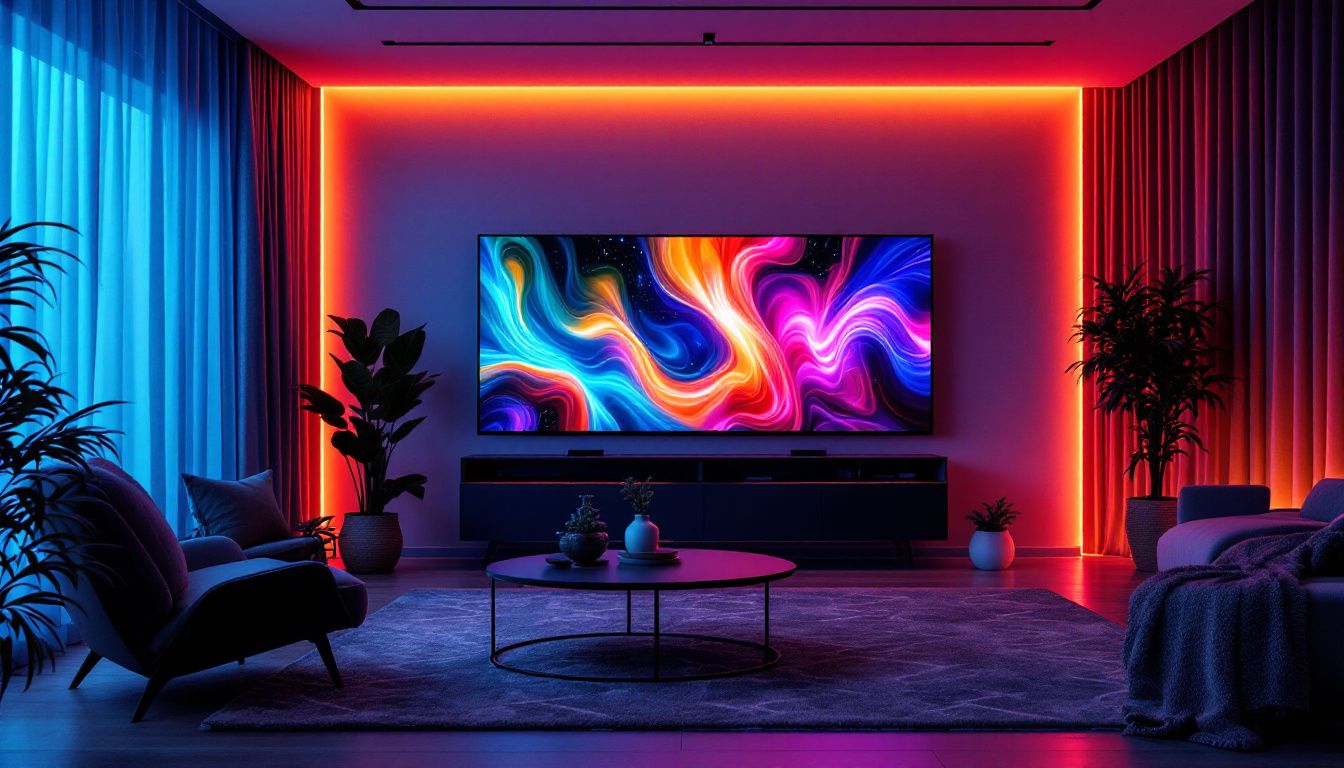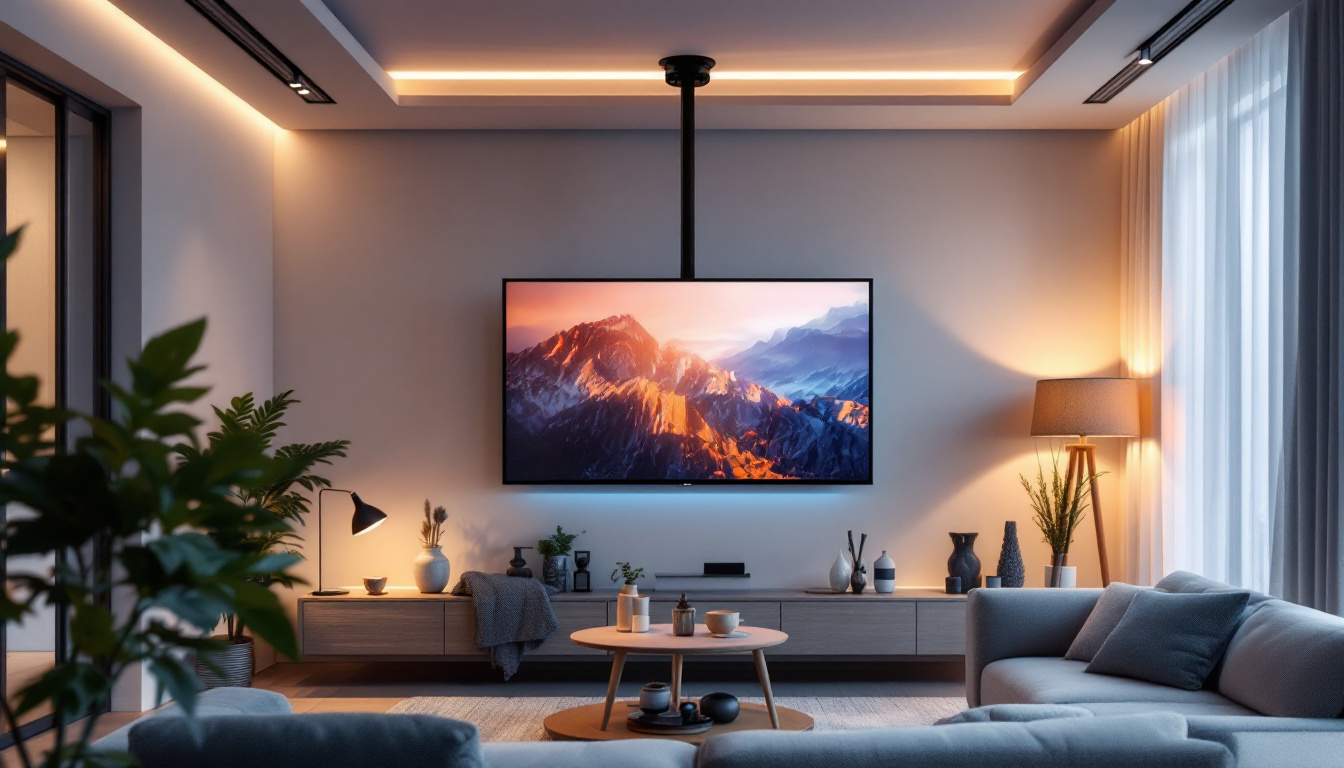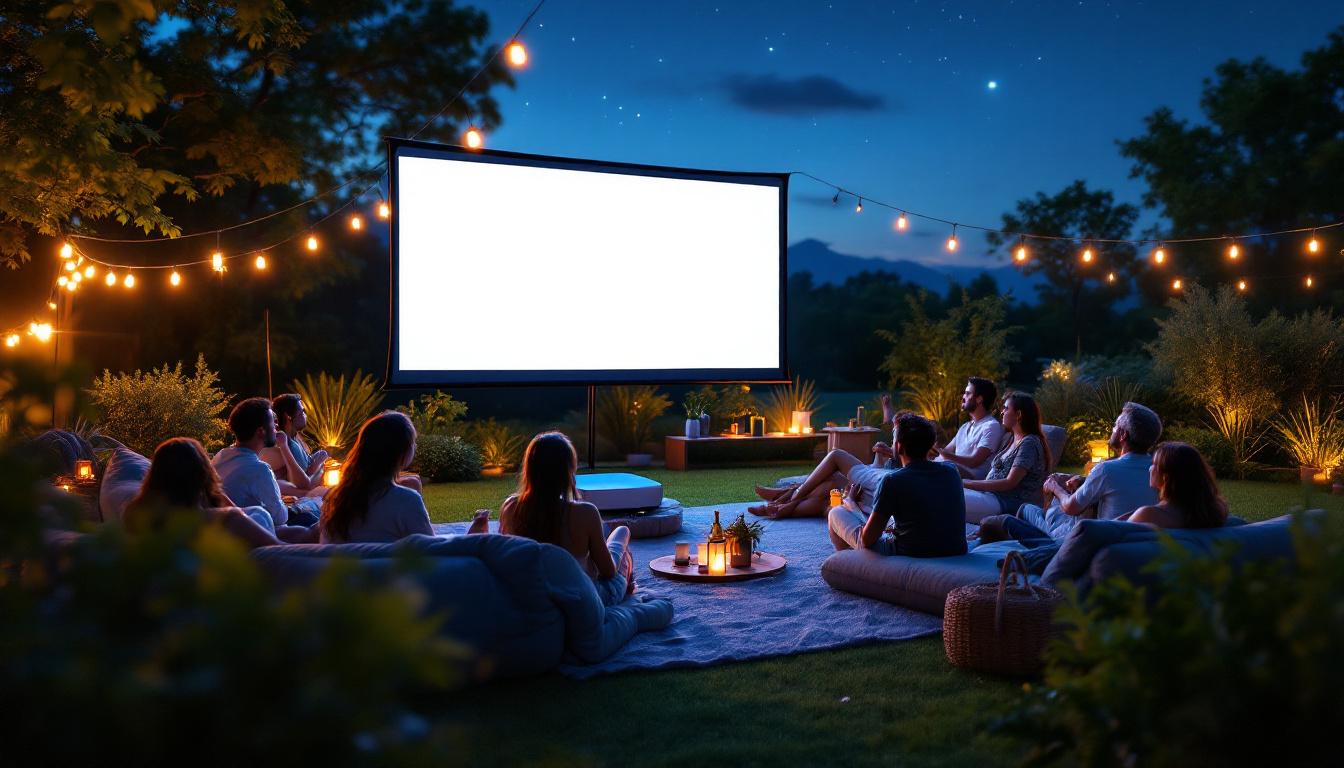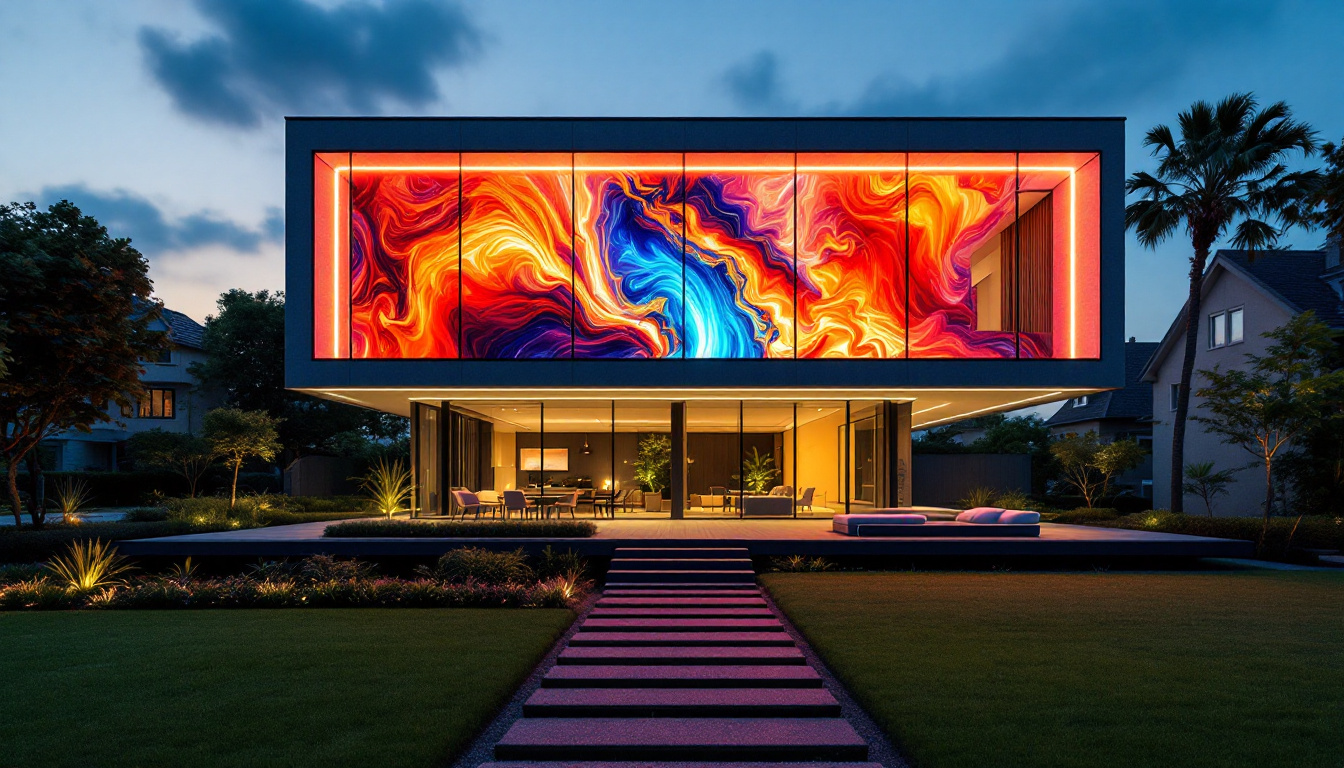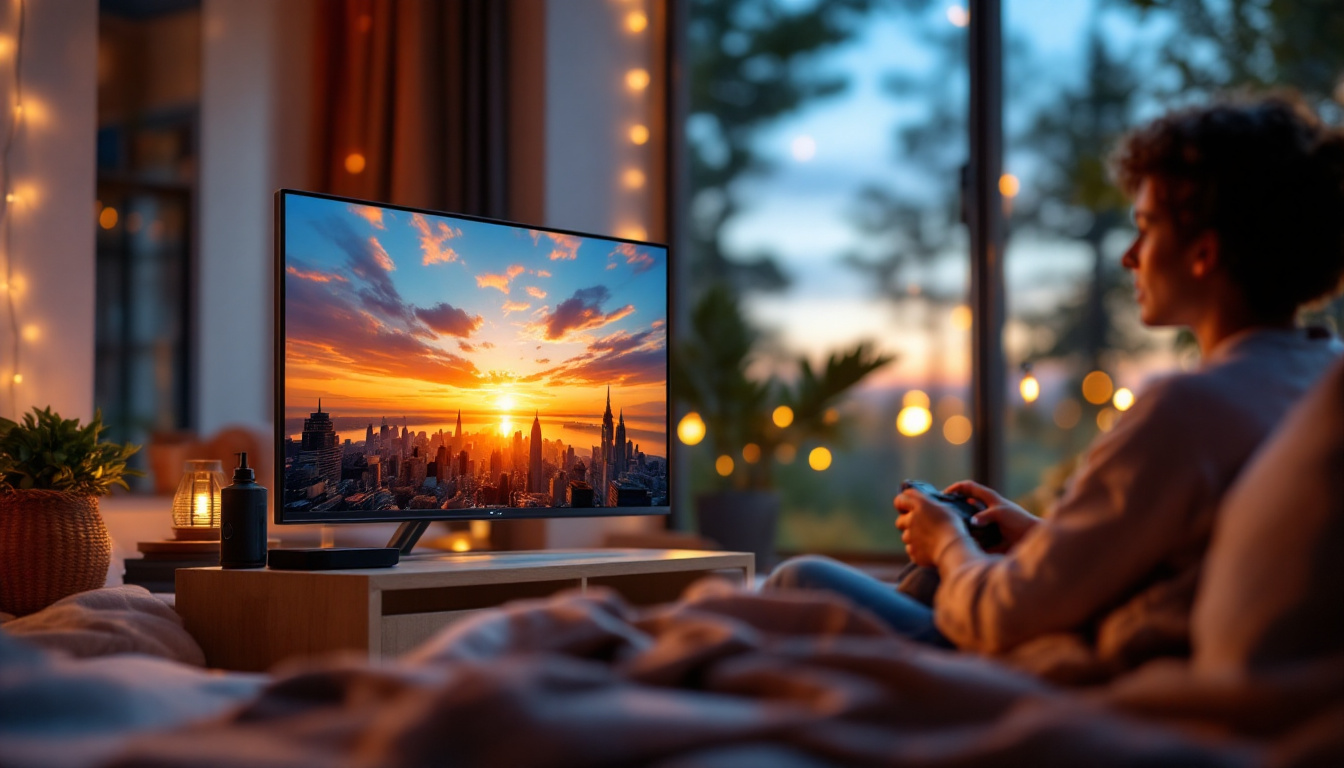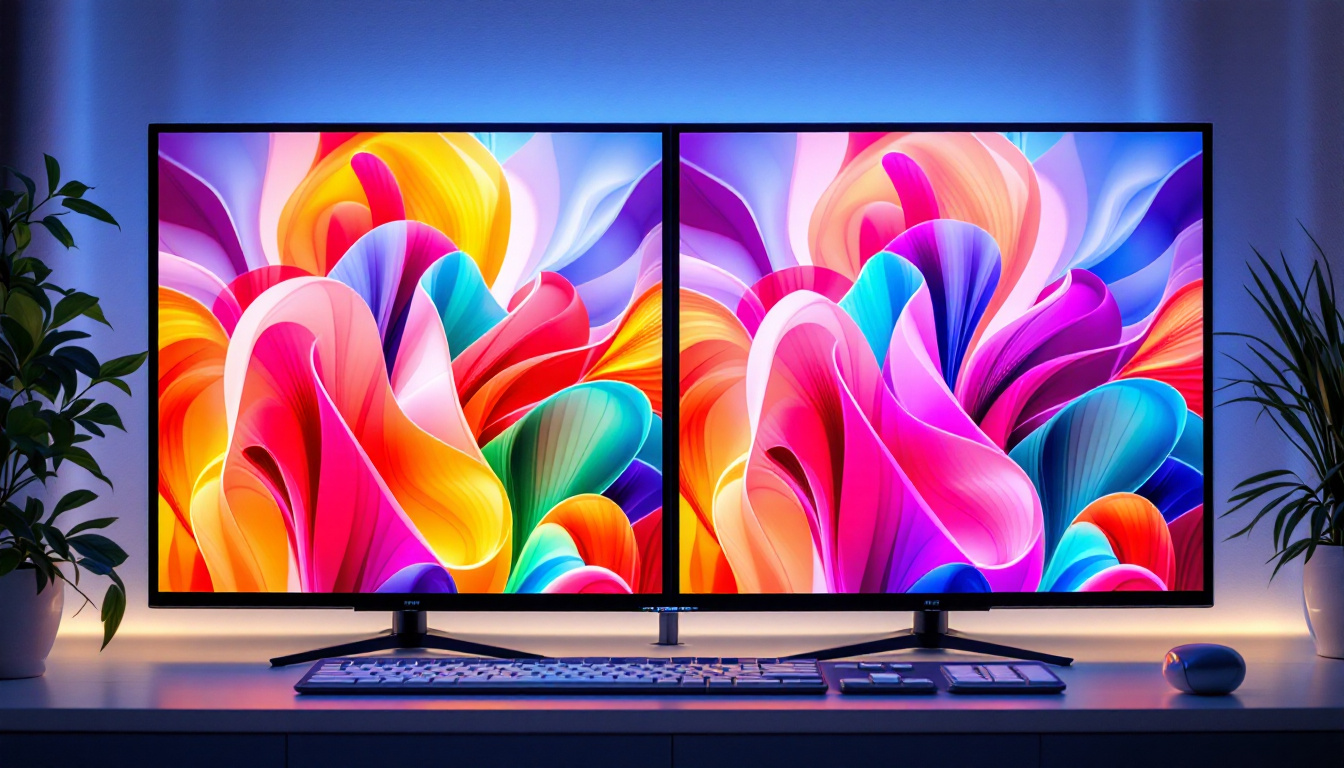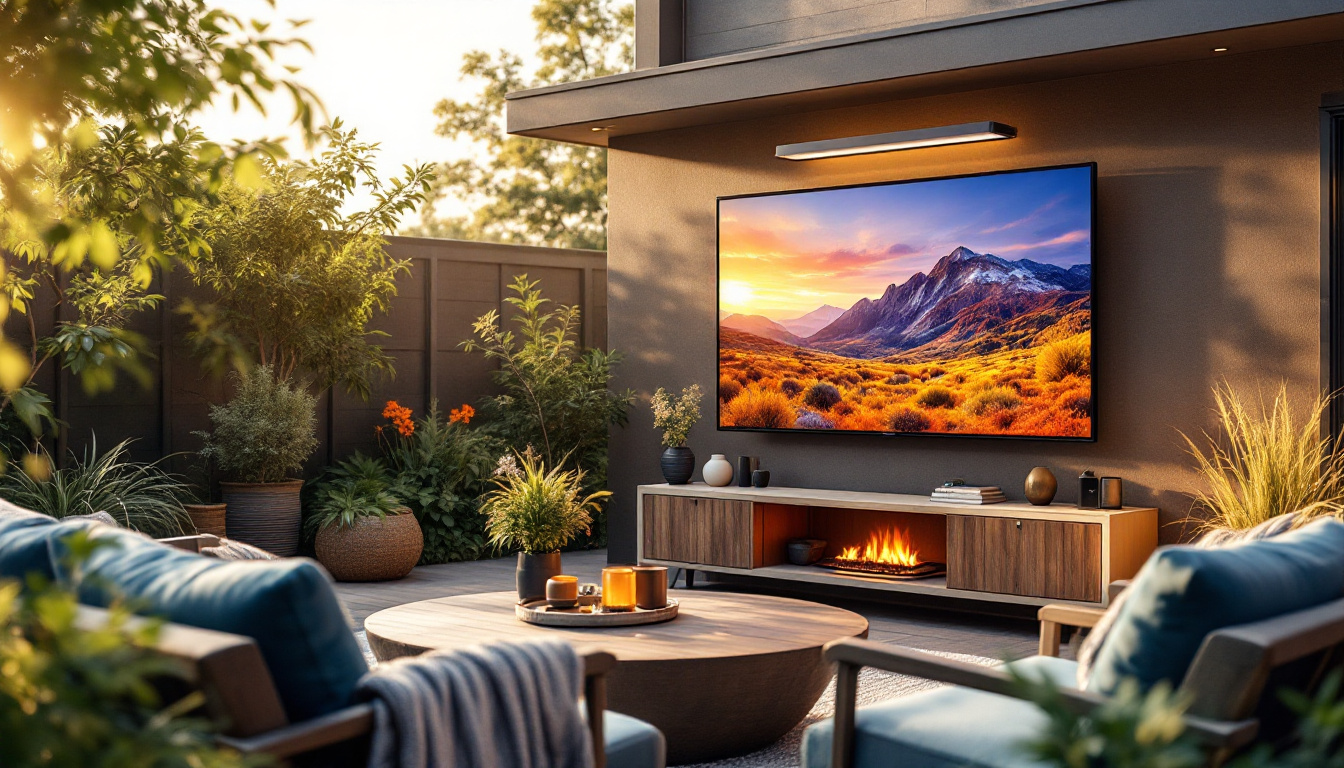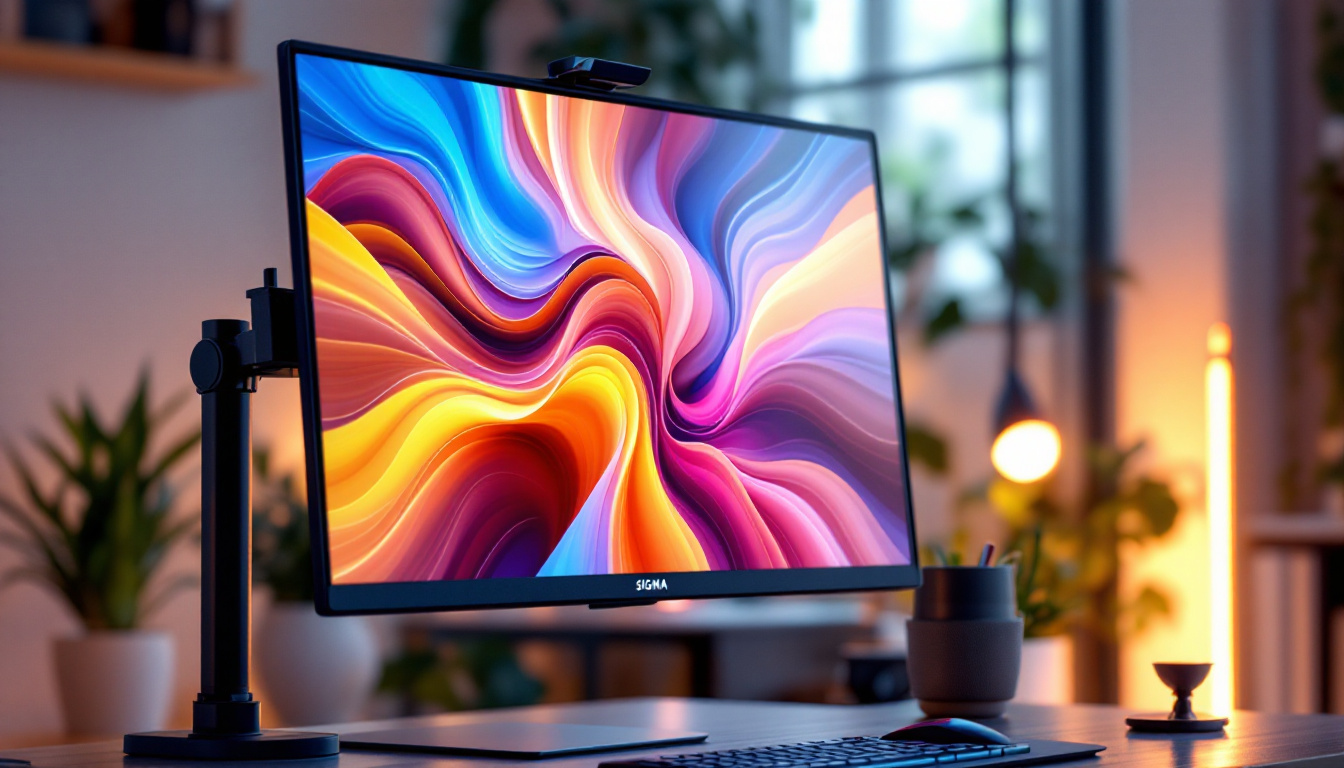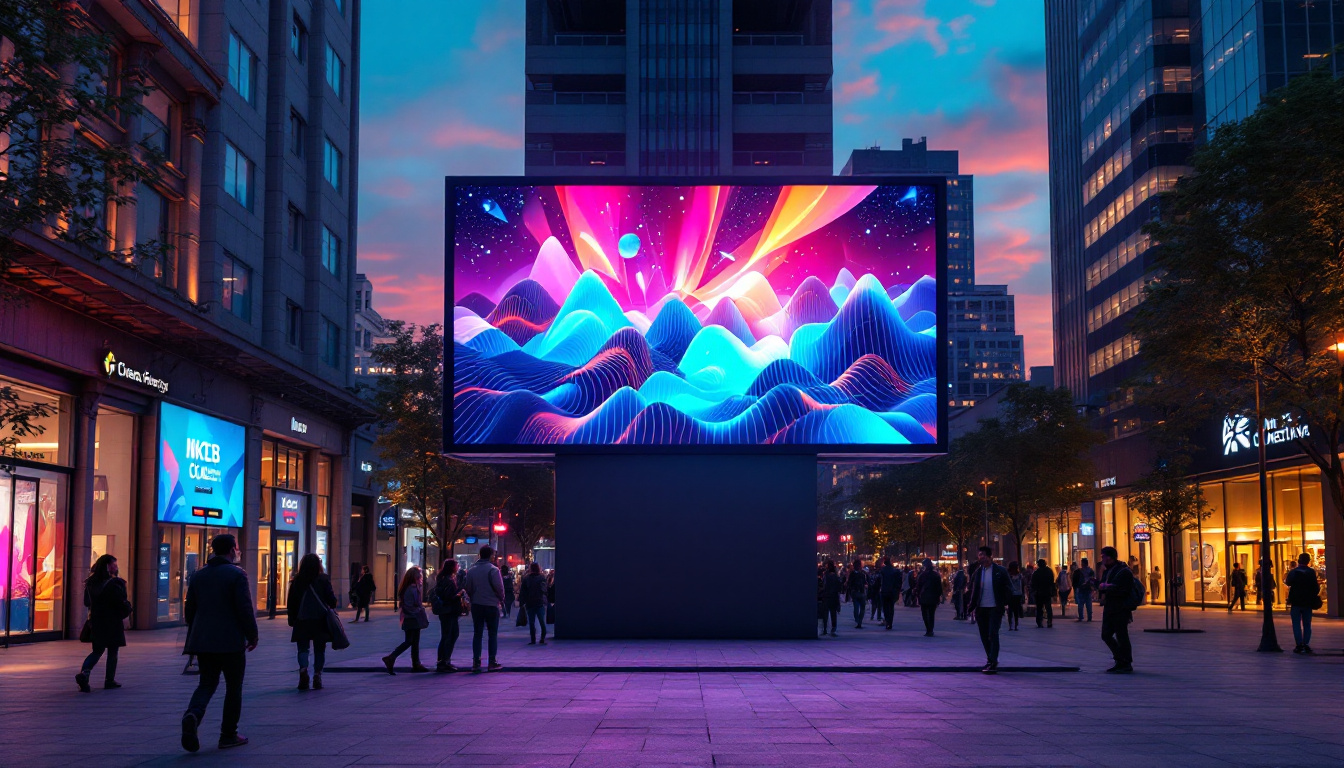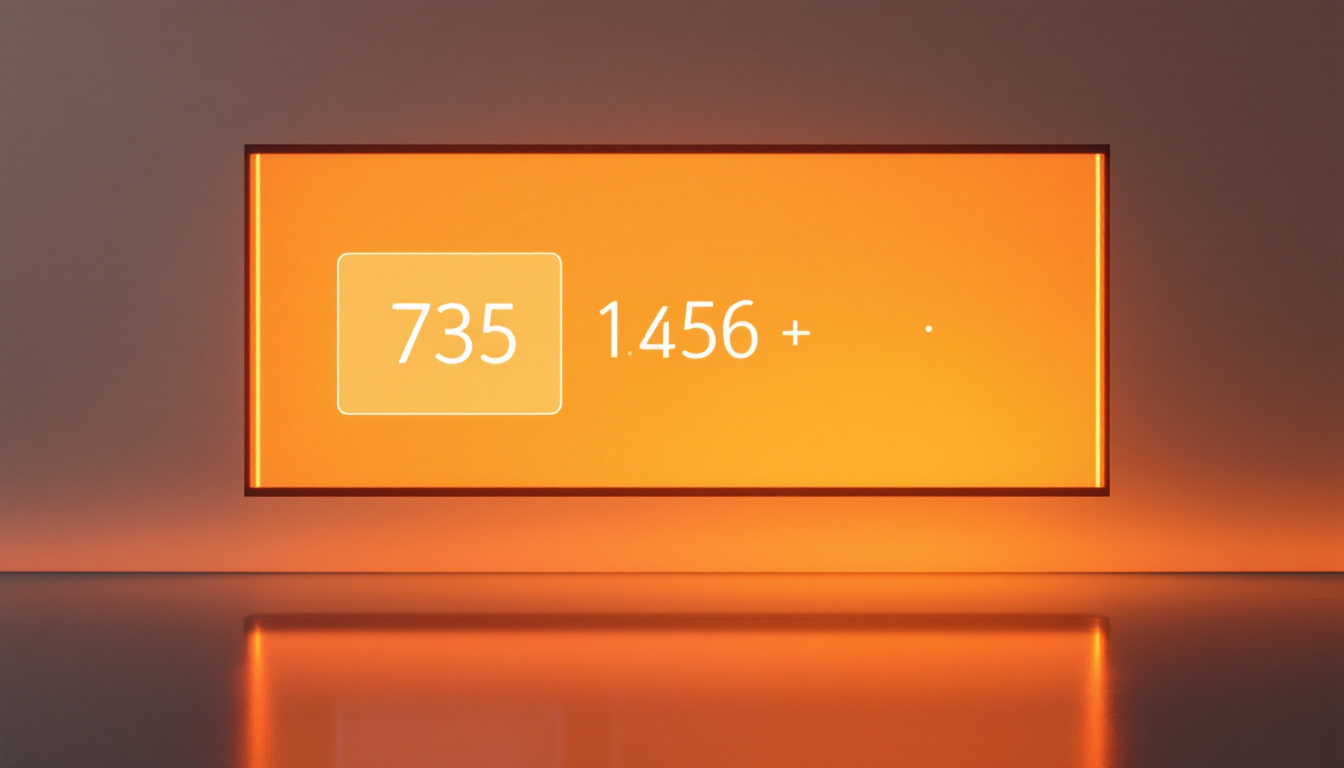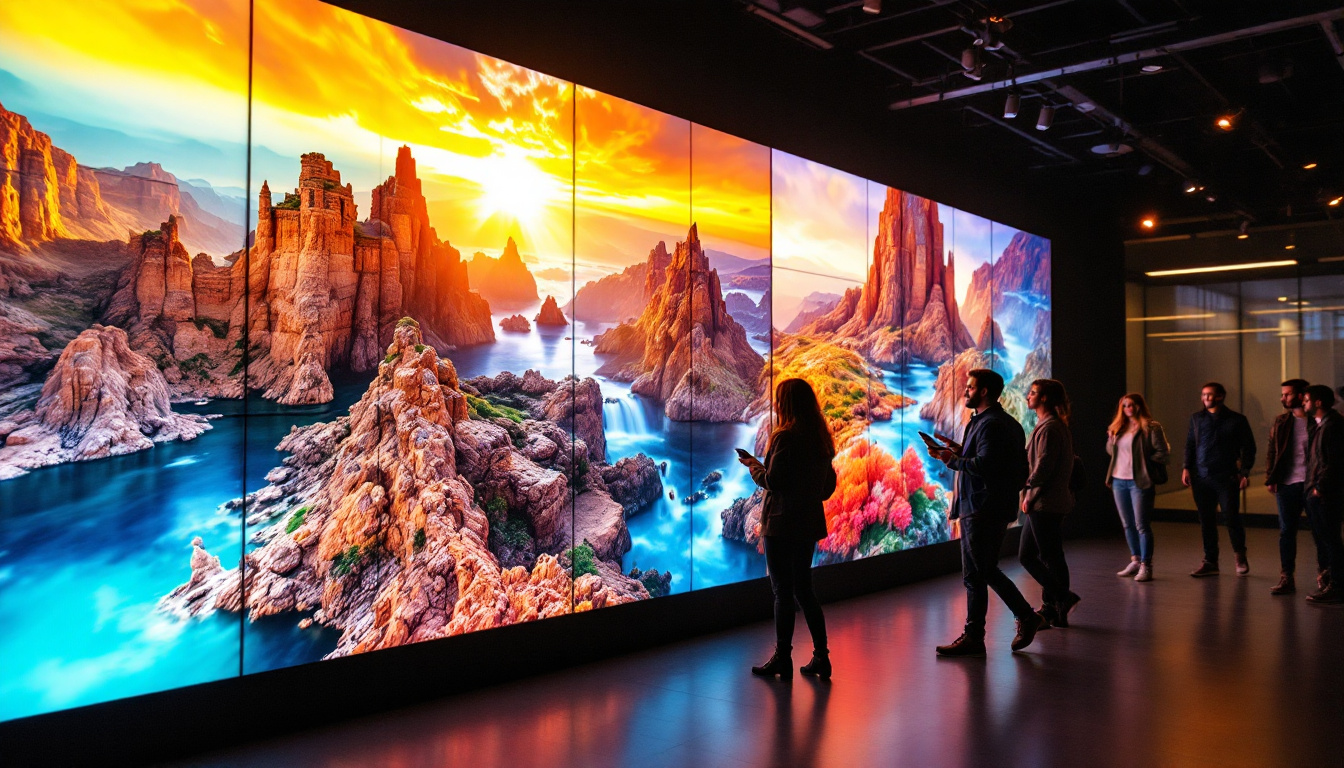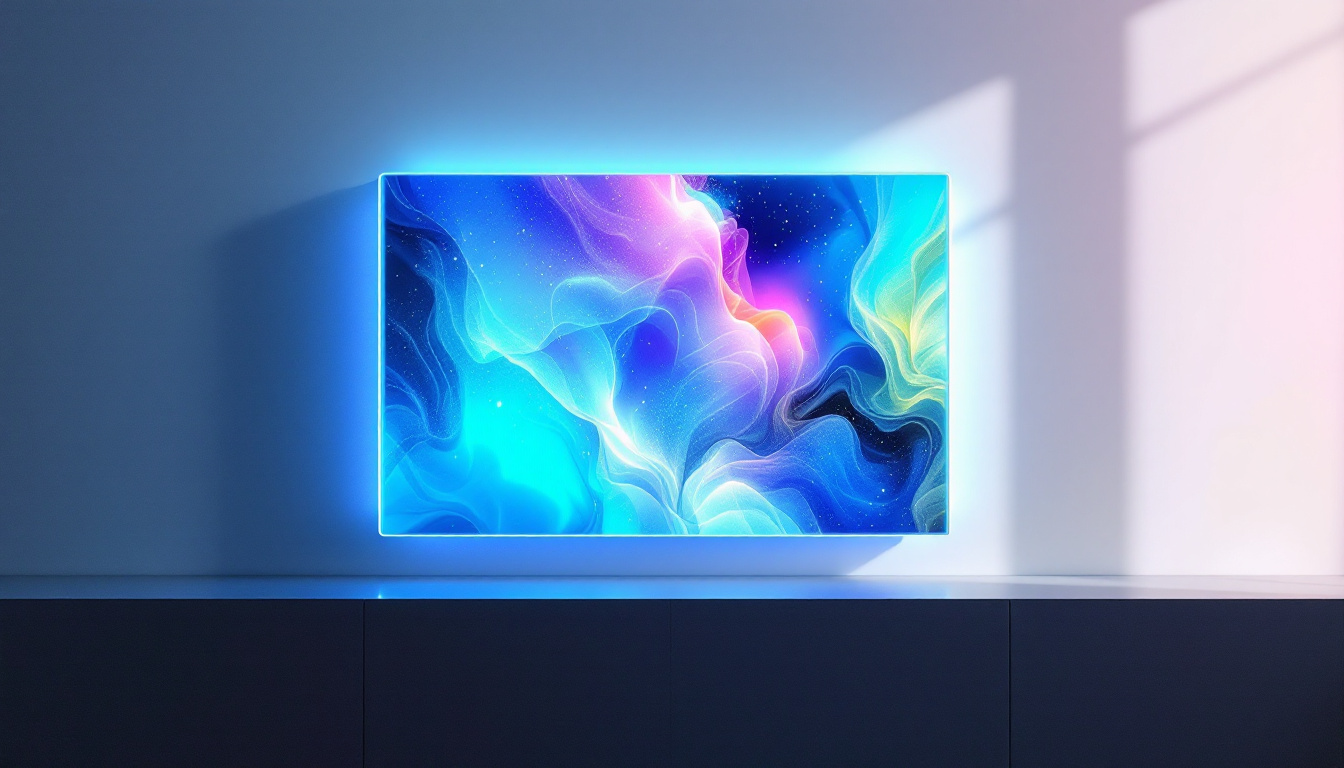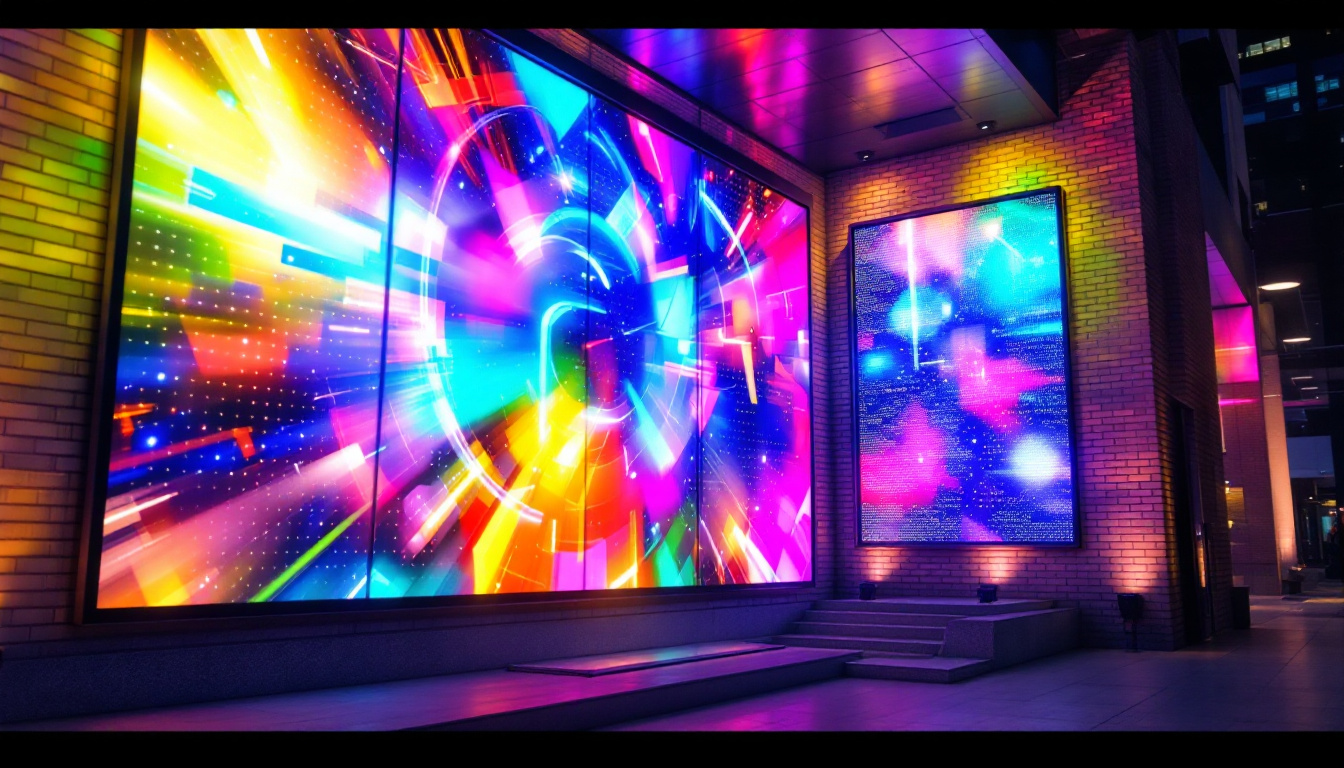In the world of home entertainment, the choice of a television is a significant decision that can greatly impact the viewing experience. With various technologies available, LED displays have become a popular choice for many consumers. Understanding TV screen dimensions is crucial for selecting the right size and type of LED display for your space. This article delves into the intricacies of LED display dimensions, helping you make an informed decision.
Understanding LED Display Technology
LED, or Light Emitting Diode, technology has revolutionized the way images are displayed on screens. Unlike traditional LCD screens that use fluorescent backlighting, LED displays utilize small diodes to produce light, resulting in brighter images and better energy efficiency. This advancement has not only enhanced the viewing experience for consumers but has also paved the way for innovations in various fields, such as advertising, gaming, and even medical imaging. With the ability to create vivid colors and deep blacks, LED technology has become the preferred choice for both casual viewers and professional environments.
Types of LED Displays
There are primarily two types of LED displays: edge-lit and backlit. Edge-lit LED displays have LEDs placed along the edges of the screen, which allows for a slimmer profile but can sometimes lead to uneven brightness. On the other hand, backlit displays have LEDs positioned directly behind the screen, providing more uniform lighting and better contrast, albeit at the cost of thickness. Additionally, there are variations such as OLED (Organic LED) displays, which offer even greater flexibility in design and superior picture quality due to their ability to turn off individual pixels completely, resulting in true blacks and enhanced color depth.
Benefits of LED Displays
LED displays offer numerous advantages over their predecessors. They provide sharper images, improved color accuracy, and faster refresh rates, making them ideal for watching sports or playing video games. Additionally, LED TVs consume less power, making them an environmentally friendly choice. The longevity of LED technology is another significant benefit; these displays can last tens of thousands of hours, reducing the need for frequent replacements. Furthermore, the lightweight nature of LED screens allows for more versatile installation options, from wall mounting to integration into various architectural designs, making them a popular choice in both residential and commercial settings. As technology continues to evolve, features such as smart connectivity and enhanced interactive capabilities are becoming standard, further enriching the user experience and expanding the potential applications of LED displays.
Measuring TV Screen Dimensions
When selecting a television, understanding how screen dimensions are measured is essential. The size of a TV screen is typically measured diagonally from one corner to the opposite corner. This measurement is expressed in inches and is a critical factor in determining how well the TV will fit in your space. It’s worth noting that while the diagonal measurement is the most commonly referenced, the actual width and height of the TV can vary significantly based on the design and bezel size. Therefore, it’s advisable to also check the physical dimensions to ensure it fits in your entertainment area or wall mount.
Aspect Ratio Explained
The aspect ratio of a TV screen refers to the ratio of its width to its height. Most modern televisions have an aspect ratio of 16:9, which is ideal for watching widescreen content. Understanding the aspect ratio is important because it affects how content is displayed and how much space the TV will occupy in your room. For instance, older televisions often had a 4:3 aspect ratio, which can lead to letterboxing or pillarboxing when displaying modern content. Additionally, some TVs offer adjustable aspect ratios, allowing viewers to switch between modes depending on the content being watched, enhancing the viewing experience.
Screen Size vs. Viewing Distance
Choosing the right screen size is not just about personal preference; it also depends on the viewing distance. A general guideline is to sit at a distance of 1.5 to 2.5 times the diagonal size of the TV. For example, if you have a 55-inch TV, the optimal viewing distance would be between 6.5 and 11.5 feet. This ensures that viewers can fully appreciate the resolution and detail of the display. Furthermore, the type of content being viewed can influence this distance; for high-definition content, sitting closer can enhance the immersive experience, while standard definition may require a greater distance to avoid pixelation. It’s also important to consider the layout of your room and the arrangement of furniture, as these factors can affect both comfort and visibility during viewing sessions.
Common TV Sizes and Their Dimensions
TV sizes vary widely, from compact models suitable for small rooms to large screens that dominate a home theater setup. Here’s a breakdown of some common sizes and their corresponding dimensions.
Small to Medium-Sized TVs
Small to medium-sized TVs typically range from 32 inches to 55 inches. A 32-inch TV, for instance, has dimensions of approximately 28.7 inches wide by 17.1 inches tall. These sizes are perfect for bedrooms or small living areas where space is limited. Many consumers opt for these sizes due to their versatility; they can easily fit on a dresser or small entertainment center without overwhelming the room. Additionally, these TVs often come equipped with smart features, allowing users to stream their favorite shows and movies directly from popular platforms like Netflix and Hulu, making them a great choice for casual viewing.
Large TVs
Large TVs, ranging from 60 inches to 75 inches, are ideal for larger rooms or home theaters. A 65-inch TV usually measures about 57 inches wide by 33 inches tall. These dimensions allow for an immersive viewing experience, especially when watching movies or playing video games. With advancements in display technology, many large TVs now feature 4K resolution and HDR capabilities, enhancing picture quality and color accuracy. This makes them particularly appealing for sports enthusiasts and gamers who crave vibrant visuals and smooth motion. Furthermore, the growing trend of wall-mounted installations means that these larger models can serve as stunning focal points in a room, blending seamlessly with modern decor.
Extra Large TVs
For those who want the ultimate viewing experience, extra-large TVs, such as 80 inches and above, are available. An 85-inch TV can measure around 75 inches wide by 43 inches tall. While these screens provide a cinematic experience, they require ample wall space and a suitable viewing distance to avoid strain on the eyes. Many consumers investing in such large displays also consider the acoustics of their viewing environment, often pairing their TVs with high-quality sound systems or soundbars to complement the visual experience. Moreover, the rise of 8K resolution TVs is beginning to capture the interest of tech enthusiasts, promising even greater detail and clarity for those who want to future-proof their home entertainment systems. As prices continue to decrease, these extra-large models are becoming more accessible, inviting a broader audience to enjoy the theater-like experience from the comfort of their own homes.
Choosing the Right TV for Your Space
Selecting the right TV involves more than just choosing a size; it requires consideration of the room’s layout and design. The placement of the TV can significantly affect both the aesthetics of the room and the viewing experience.
Wall-Mounted vs. Stand-Alone TVs
Wall-mounted TVs save floor space and can create a sleek, modern look. However, it’s important to ensure that the wall can support the weight of the TV and that it’s mounted at an appropriate height for viewing. Stand-alone TVs, on the other hand, provide flexibility in placement and can be moved easily, but they may require additional furniture.
Room Lighting Considerations
Lighting plays a crucial role in how a TV performs. Rooms with a lot of natural light may require a TV with higher brightness levels to combat glare. Conversely, darker rooms can benefit from TVs with enhanced contrast ratios, allowing for deeper blacks and more vibrant colors.
Understanding Resolution and Its Impact on Viewing Experience
Resolution is another critical factor to consider when selecting a TV. It refers to the number of pixels that make up the image on the screen. Higher resolutions provide clearer and more detailed images, which can enhance the viewing experience.
Standard Definition (SD) vs. High Definition (HD)
Standard Definition (SD) TVs have a resolution of 480p, which is significantly lower than modern standards. High Definition (HD) TVs, with resolutions of 720p and 1080p, provide a much sharper image. For most viewers, a 1080p resolution is sufficient for a clear and enjoyable viewing experience.
Ultra High Definition (UHD) and 4K TVs
Ultra High Definition (UHD) or 4K TVs offer four times the resolution of 1080p, resulting in incredibly detailed images. These TVs are becoming increasingly popular, especially for larger screens where the difference in resolution is more noticeable. UHD content is widely available through streaming services, Blu-ray discs, and gaming consoles, making it a worthwhile investment for avid viewers.
Future Trends in TV Screen Dimensions
As technology continues to evolve, so do TV screen dimensions and capabilities. Manufacturers are constantly innovating to create larger, thinner, and more efficient displays.
Trends in Screen Size
Recent trends indicate a growing preference for larger screens, as consumers seek more immersive viewing experiences. With advancements in technology, larger TVs are becoming more affordable and accessible to the average consumer.
Flexible and Curved Displays
Curved and flexible displays are also gaining traction in the market. Curved TVs can enhance the viewing experience by providing a more immersive field of vision, while flexible displays offer the potential for innovative designs and applications.
Conclusion
Choosing the right LED display involves a thorough understanding of screen dimensions, resolution, and how these factors interact with your viewing environment. By considering the size of the room, the distance from the screen, and personal preferences, consumers can select a television that not only fits their space but also enhances their viewing experience.
As technology continues to advance, staying informed about the latest trends and innovations will ensure that your choice remains relevant and enjoyable for years to come. Whether you opt for a compact model for a cozy space or a massive screen for a home theater, understanding TV screen dimensions is key to making the best choice for your entertainment needs.
Explore Cutting-Edge LED Displays with LumenMatrix
Ready to elevate your viewing experience with the latest in LED display technology? Look no further than LumenMatrix, a pioneer in crafting visually stunning LED displays that transform any space into a dynamic environment. From immersive Indoor LED Wall Displays to vibrant Outdoor LED Wall Displays, and from the mobility of Vehicle LED Displays to the innovation of Custom and All-in-One LED solutions, LumenMatrix offers a wide range of products designed to captivate and engage. Discover how our LED Sports Displays, LED Poster Displays, and unique offerings like Floor and Transparent LED Displays can revolutionize your visual communication. Check out LumenMatrix LED Display Solutions today and step into a world where clarity and impact go hand in hand.

